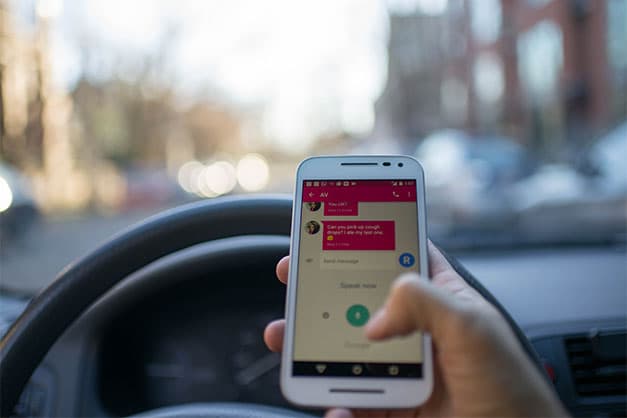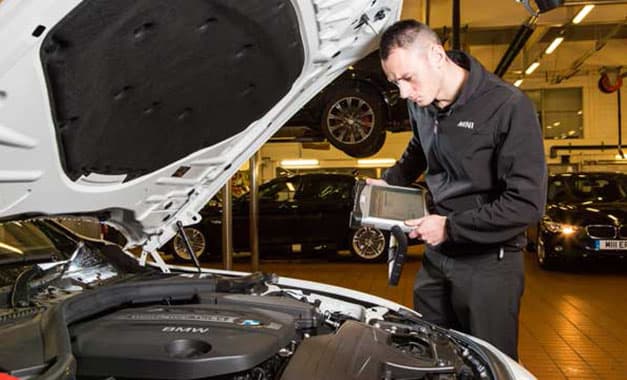Preparation is key
Before you set off on any journey there are several checks you should complete. Ensure you leave enough time before embarking on any journey to prepare your vehicle.
Check your tyres before long journeys; legally your tread depth should be above the legal limit of 1.6mm across 75% of the tyre for cars and light trailers. In winter it is advised that the tread depth should not be below 3mm as it is at this point the tread depth will impact on stopping distances. You should also check for any damage, lumps and bumps at the same time and check your tyre pressures every fortnight.
Keep de-icer or an ice scraper in the car, do not pour hot water on your windscreen in order to defrost it. This could crack the windscreen or if it is really cold just create more, even thicker, ice. Windscreens should be completely cleared of ice or snow otherwise blind spots may be created.
Ensuring your windscreen is clean and free of scratches will improve visibility when the sun is low in the sky. You should check the condition of your wiper blades and whether or not they need replacing.
Ensure your windscreen wash is topped up so you can keep your windscreen clean. Also keep the interior of your windscreen clean by wiping it over with a lint-free cloth; you can keep one in your glovebox.
Other items you should keep in your car when travelling in winter are a blanket, waterproof clothing, water and snacks, a shovel, torch and a set of jump leads. You never know when you might be stuck and how long for, these items should go some way to helping should you find yourself stranded in inclement weather.
You should also top up your antifreeze, a frozen engine can cause hundreds of pounds worth of damage and antifreeze will cost a fraction of that.
While driving
Driving in winter can differ significantly to driving in the summer months. The weather can hamper even the shortest of journeys.
Braking distances will vary according to the condition of the road. According to the Highway Code (rule 227) on wet roads braking is at least double of that in normal conditions (30mph travelling speed in normal conditions would be six car lengths or 23 metres) because tyres have less grip.
If roads are icy braking distance is increased even further (they could be up to ten times more than average road conditions). That’s to say, according to the highway code stopping distances, if you were travelling 30mph on a wet road the braking distance would be 46m and on ice 230m.
Keeping in mind that braking distances are affected by the weather, you should keep a good distance between you and the vehicle in front.
If you are driving in extreme foggy conditions you should use fog lights, but remember to switch them off when it clears and visibility improves. In less dense fog use dipped headlights.
Even if it’s not particularly cold, winter brings with the hazards of rain and possible floods. If a road is flooded and you are unsure of the depth of the water then don’t attempt to cross it, if you are able to cross then you should do so slowly and in first gear and test your brakes when you are clear of it.
On arrival
Make sure that your windscreen wipers are back to their usual place when you park up and not on the windscreen. If the windscreen freezes while the blades in on it then you could damage the windscreen and the wipers when trying to unstick them.
Be aware of your surroundings when parking. If there is a large puddle or body of water close by and it is raining and at risk of flooding you may want to park further away from it, similarly if it is cold enough to freeze over. If it has been snowing heavily and there are signs obscured by snow brush them off to check that they don’t display any parking restrictions.



